It can be mind-boggling for new astronomers to find a spot in the night sky to begin their viewing quest. With so many different types of deep sky objects to chose from, it’s not hard to see why. Fortunately, there are constellations which contain a variety of objects to spot. A good example of such a constellation is Scutum, visible from mid-spring until mid-autumn.
The constellation Scutum is a diamond, or kite shaped constellation which resembles a shield. In 1683, the Ottoman Turks laid siege to the city of Vienna in modern Austria. The Christian forces of the Holy Roman Empire, led by King Jan III Sobieski of Poland defeated the Ottoman siege. In 1684, Polish astronomer Johannes Hevelius named the constellation Scutum Sobiescianum (or Shield of Sobieski) to commemorate the victory over the Ottoman Turks. The name was later shortened to Scutum.
Scutum is a fairly dim constellation located above Sagittarius, to the west of Aquila, and southeast of Ophiuchus. It may be hard to spot Scutum in light polluted skies, or if the moon is nearby. A portion of the Milky Way galaxy lies in the deep background of Scutum, providing a view all its own. Scutum also contains a globular star cluster, a pair of open star clusters, and even a planetary nebula, all fairly close together. It gives stargazers an opportunity to see 3 different types of deep sky objects in a relatively small field of view.
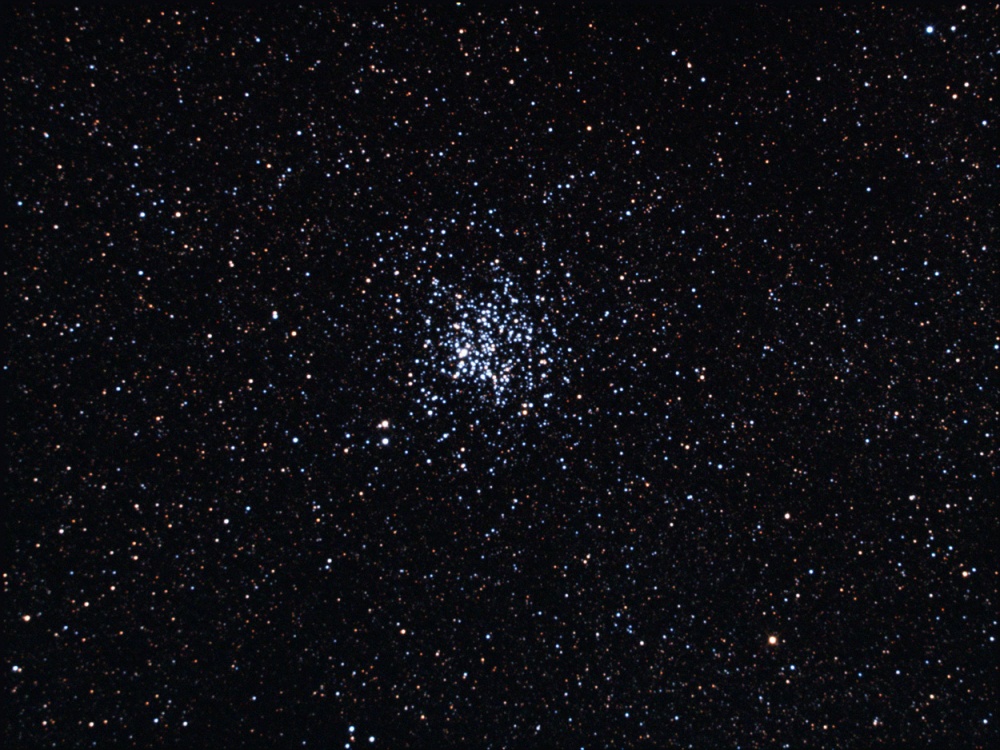
Located just to the south of the eastern tip of the Shield is Messier 11, the Wild Duck Cluster. A fairly bright star cluster, M11 can be spotted with binoculars. It is approximately 6,200 light years away, and is one of the most dense of the open star clusters, containing 2,900 stars. M11 gets its name because it appears like a flock of ducks flying over, or at a different angle, a swimming duck. M11 is a gorgeous open cluster to view, both with binoculars or a telescope!
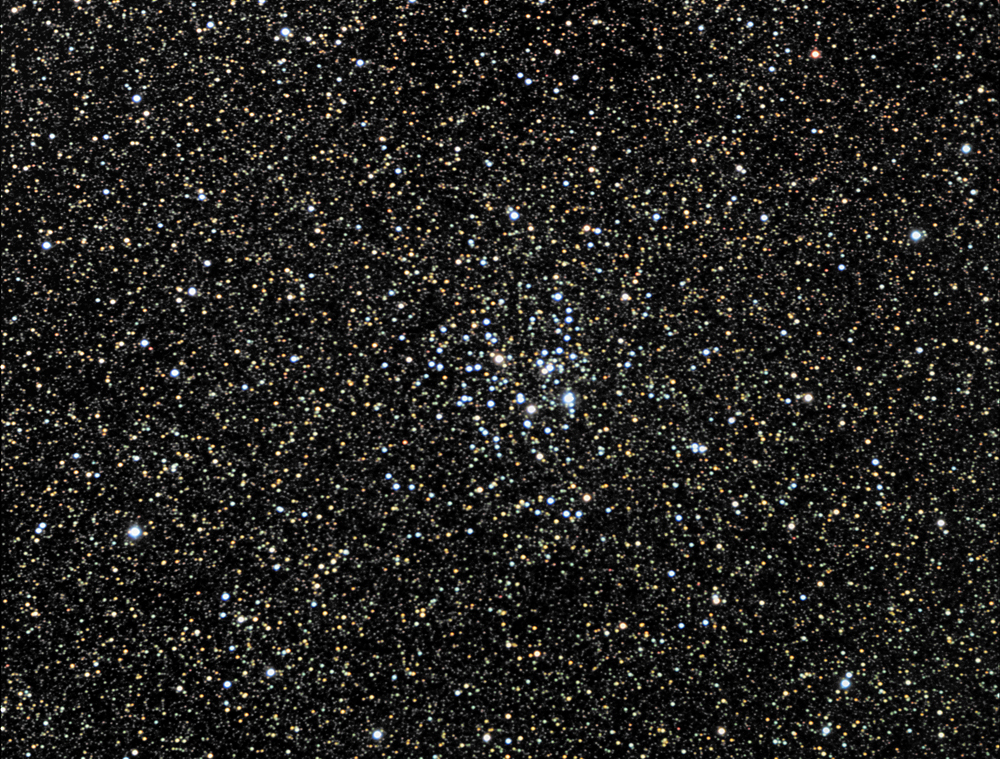
To the southwest of M11 is another open star cluster, M26. M26 is located 5,000 light years away, and the cluster spans a radius of about 22 light years. With 85-90 stars within the cluster, M26 isn’t as dense, nor as bright as M11. It is visible as a small patch of stars with binoculars, but a telescope provides the best view of M26.
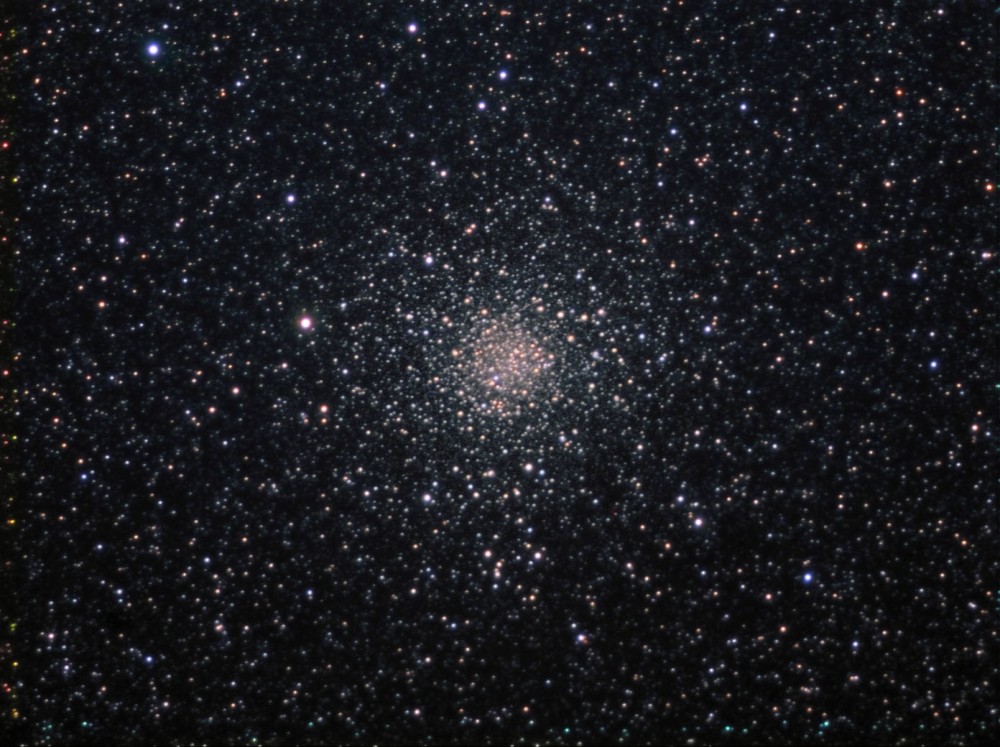
To the east of M26, and below M11 lies the globular cluster NGC-6712. Originally believed to be a nebula when it was discovered in 1749, it was found to be a globular cluster in the mid-1800’s. It is around 22,500 light years away from Earth. Using a 6-8 inch telescope, try viewing this globular cluster with 150-200x magnification to make out individual stars around the edge and the dense core. When viewed at lower magnification, you may be in for a pleasant surprise as you can see a nearby planetary nebula, IC 1295.
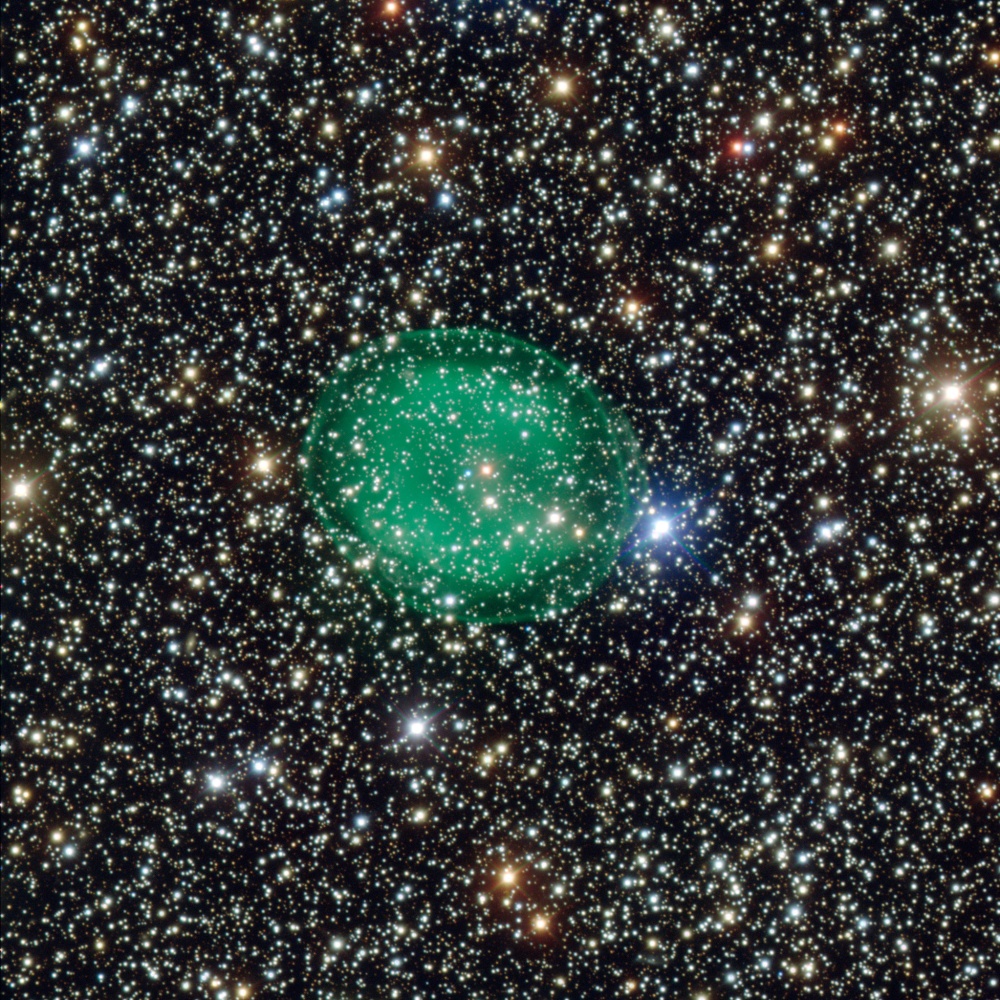
IC 1295 is located 3,300 light years away, and is fairly dim. An O-III or other nebula filter will help coax out some definition. This nebula is formed from a dying star shedding gas from its outer layers into space. IC 1295 is relatively small as well. Don’t expect to see too much color though, as the human eye can’t distinguish color at such a dim brightness. Still, you can get a two-for-one deal by using a wide field eyepiece to view NGC-6712 and IC 1295!
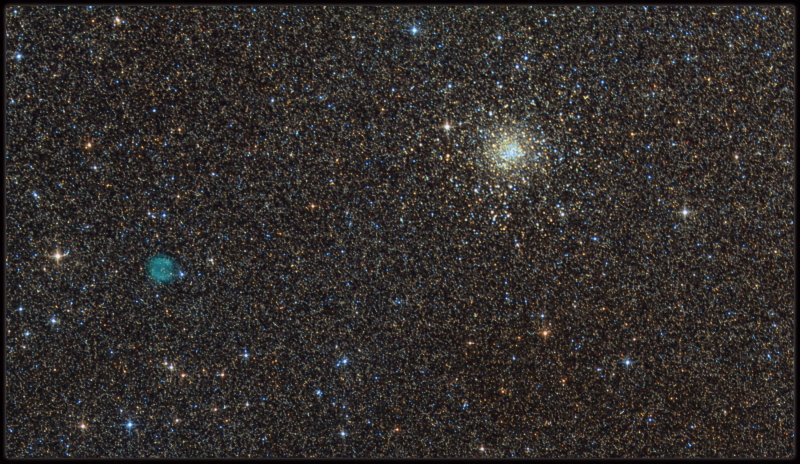
While initially spotting Scutum may be a challenge, you will be rewarded for the effort with a good selection of deep sky objects close to one another to gaze upon. And with the Milky Way looming in the background, you can also slowly sweep the surrounding sky with a telescope and look upon the myriad of stars that make up our galaxy. So, when gazing at the cosmos and looking for a variety, remember Scutum the Shield!
Don’t forget to share us with your stargazing friends on Faceboom and Twitter!
I benefit from reading your web site. Thanks a ton!
LikeLike
Thanks! I appreciate it!
LikeLike